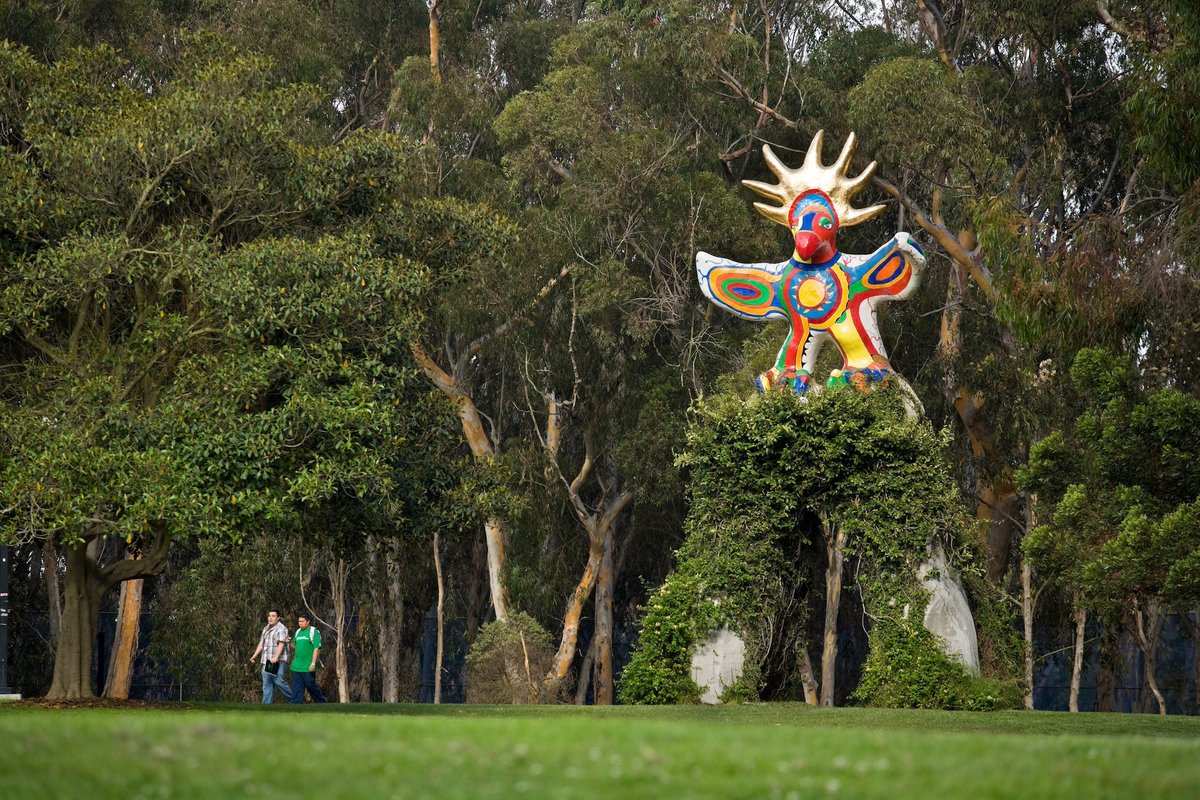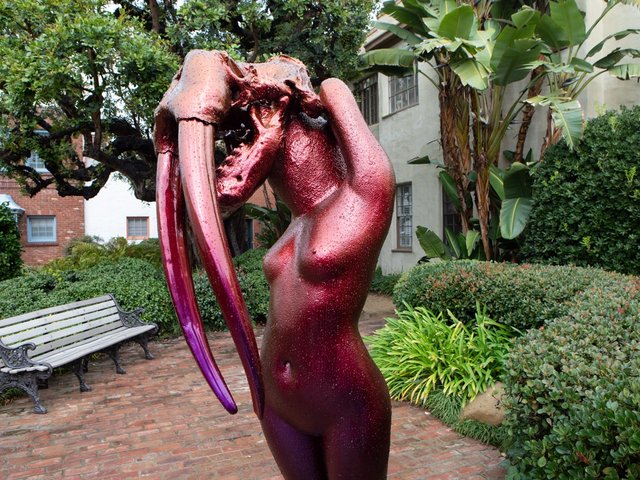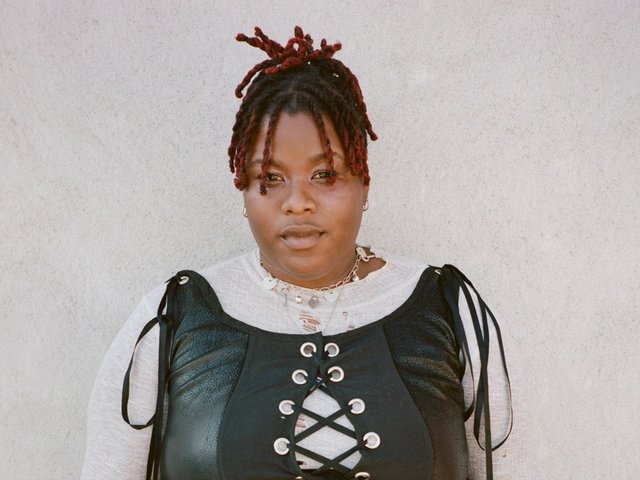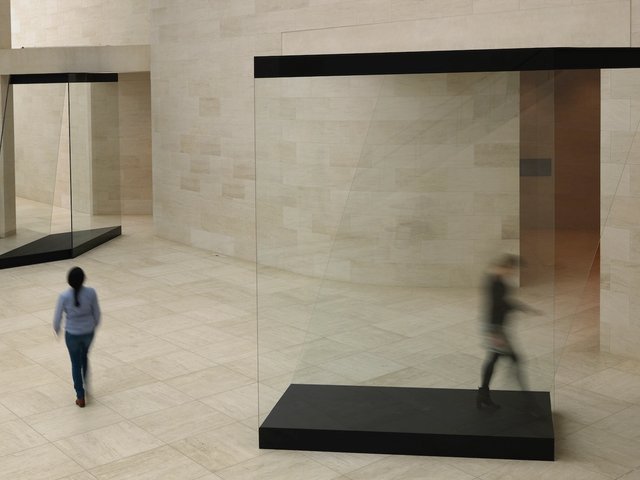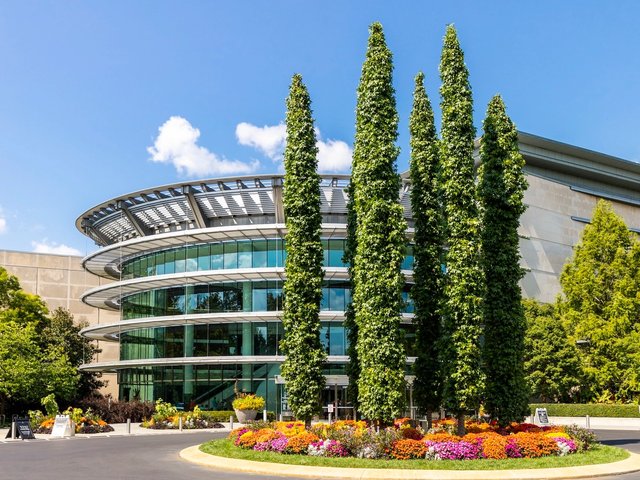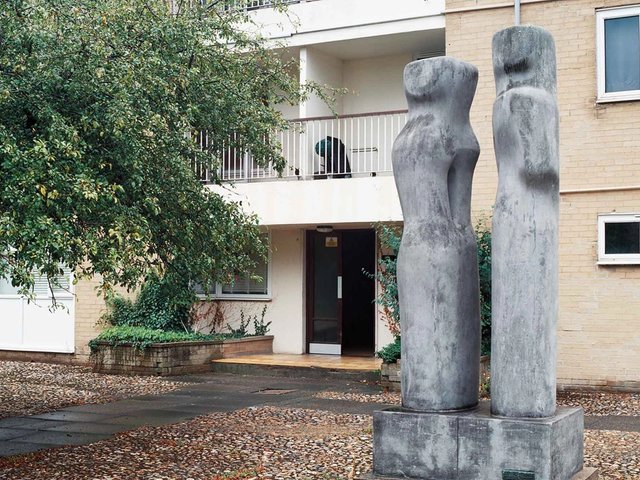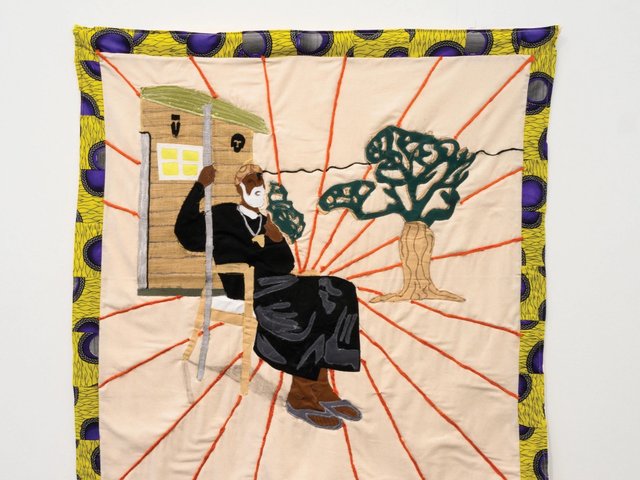The Stuart Collection, an illustrious ensemble of site-specific public art by prominent contemporary artists at the University of California San Diego (UCSD), has formed an emerging artists programme to bring younger and more diverse perspectives to the 1,200-acre campus overlooking the Pacific.
It is the first major initiative announced by the Stuart Collection's director and curator Jessica Berlanga Taylor since she took the reins in 2022 from Mary Beebe, who had steered the collection from its founding in 1981.
“We’re bringing in artists that have a language that will hopefully connect with what's going on on this campus around issues like social justice and climate change, identity and representation—all themes that had not been weaved into the collection in an explicit way,” says Taylor. The first cohort of artists selected under the programme includes the collective RojoNegro (comprised of Noé Martínez and María Sosa), Max Hooper Schneider and Precious Okoyomon. Installation of their permanent projects on campus is expected to roll out between the spring of 2025 and autumn of 2026.
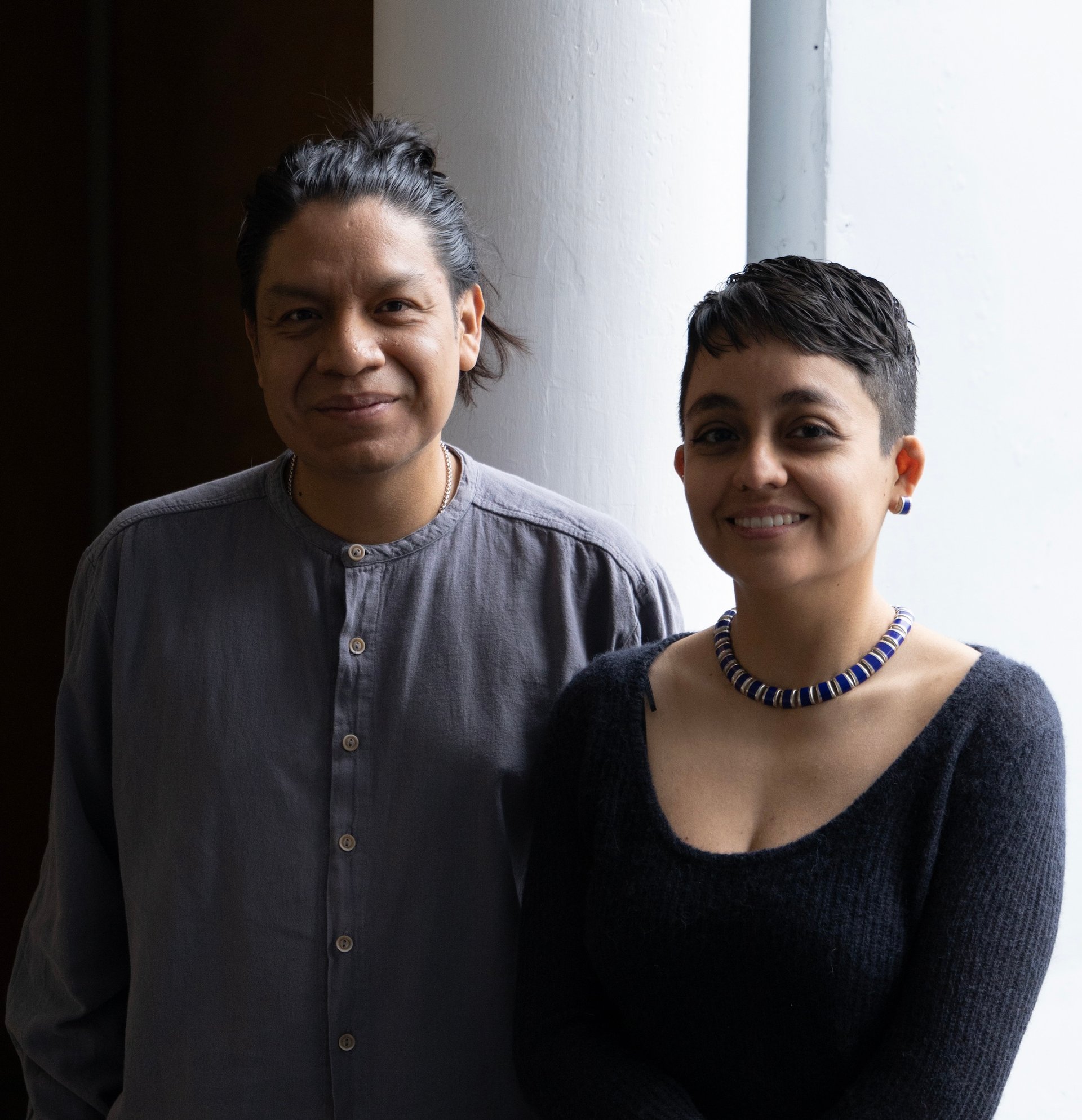
RojoNegro members Noé Martínez and María Sosa Courtesy of Museum of Art of Zapopan, produced by Lazarillo
This new programme aims to “establish a different rhythm” to the Stuart Collection, says Taylor, who will continue to commission more established artists on larger-scale projects, some of which can take four years to be realised. She is also doing temporary commissions focused on performance and community engagement.
The Stuart Collection is unique among university campuses for its dedication to site-specific commissioning (other well-known collections of outdoor sculpture, including at Princeton University, the Massachusetts Institute of Technology and the University of Texas in Austin, also acquire existing works and gifts). UCSD’s programme was launched by the arts philanthropist and businessman James Stuart DeSilva, who lived near the university. He was inspired to fund a collection for the campus after travels in Europe raised his awareness of the power of art in public spaces (DeSilva died in 2002).
Niki de Saint Phalle’s Sun God, a 14ft-tall, riotously colourful sculpture of a bird perched atop a 15ft concrete arch, was the first commission, completed in 1983 (students began the Sun God Festival, a popular annual event, in 1984). The Stuart Collection currently comprises 22 works, many by Southern California artists including John Baldessari and Barbara Kruger, both former UCSD faculty, as well as Mark Bradford, Tim Hawkinson and Robert Irwin. It also includes works by Ann Hamilton, Jenny Holzer, Bruce Nauman and Kiki Smith.
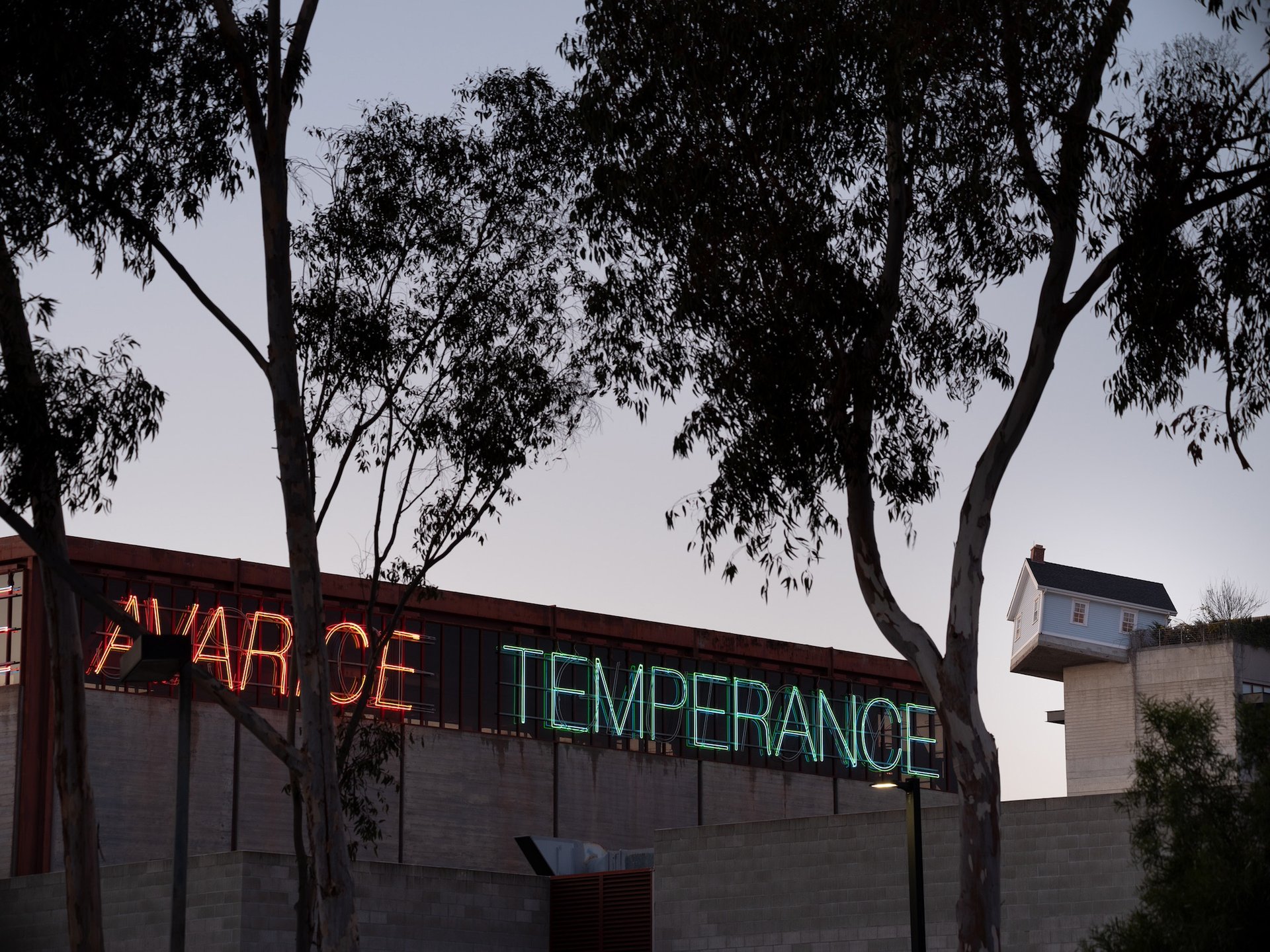
Bruce Nauma's Vices and Virtues (1988) at left and Do Ho Suh's Fallen Star (2012) at right on the University of California San Diego campus Photo by Philipp Scholz Rittermann
One of the collection’s most beloved works is Do Ho Suh’s Fallen Star (2012), a small house that seems to teeter precariously on top of the engineering school. “The house looks like it fell out of the sky,” says Taylor. Visitors can see it from the ground and go up to the seventh floor of the building and enter the house, where everything inside is at a surreal tilt. When it first reopened after Covid-19 closures, “we had 400 people lined up to go up in one day”, says Taylor.
Taylor was born and raised in Mexico and moved to San Diego from Mexico City, where her curatorial work focused on the mix of social practice, performance, sculpture and the public realm. She was hired by the university's chancellor, Pradeep K. Khosla, with the mandate to expand the audience and raise the profile of the Stuart Collection as an art destination, on a fast-growing campus traversed by nearly 85,000 students, faculty, runners, dog walkers and other visitors daily.
“UCSD is a powerhouse in science and tech,” says Taylor, who is looking to weave those disciplines into upcoming commissions. “I'm also working on adding new layers of discourse that have to do with race and gender issues, with the border and the relationship with Mexico and Latin America.”
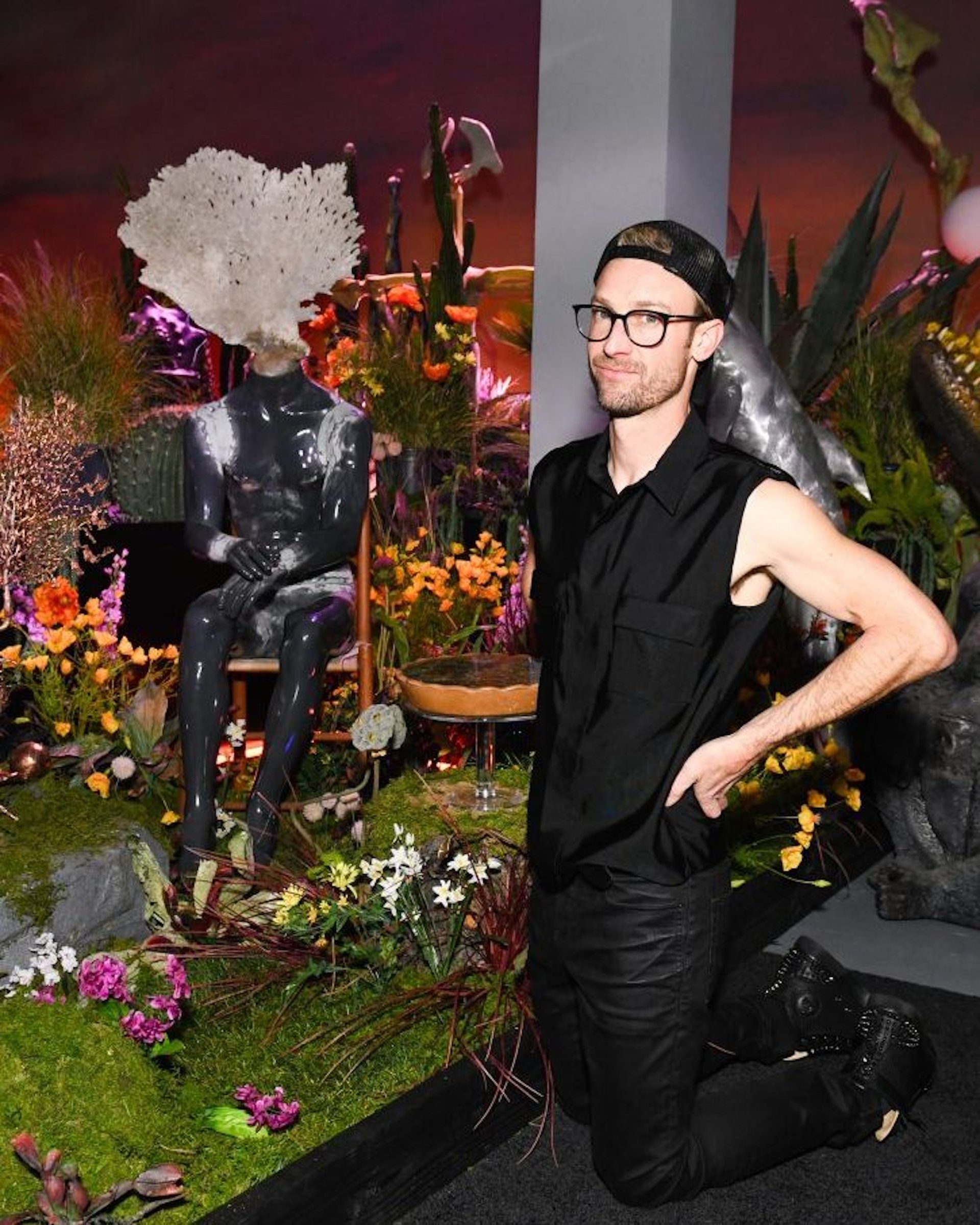
Max-Hooper-Schneider Photo by Stefanie Keenan, Getty Images for The Museum of Contemporary Art
The initial round of emerging artists was selected from about 20 candidates that Taylor presented to her international advisory board. The commissions will be funded by a mix of university support and private donations.
Martínez and Sosa, of the Mexico City-based collective RojoNegro, work primarily in sculpture, textile and performance, and each comes from an area in Mexico still embedded in Indigenous traditions. “They are bridging these histories of pre-Columbian times in Mexico with contemporary indigeneity,” Taylor says, “something that this campus hasn't really connected with before but that is such a huge part of our growing Latinx student population.” RojoNegro's commission will be the first to be unveiled next year.
Hooper Schneider, a Los Angeles-based sculptor who trained as a marine biologist and later studied landscape architecture, will bring his interdisciplinary thinking to the commission. “We're looking to connect him to scientists working here at UC San Diego's Scripps Institution of Oceanography that share his interests,” says Taylor.
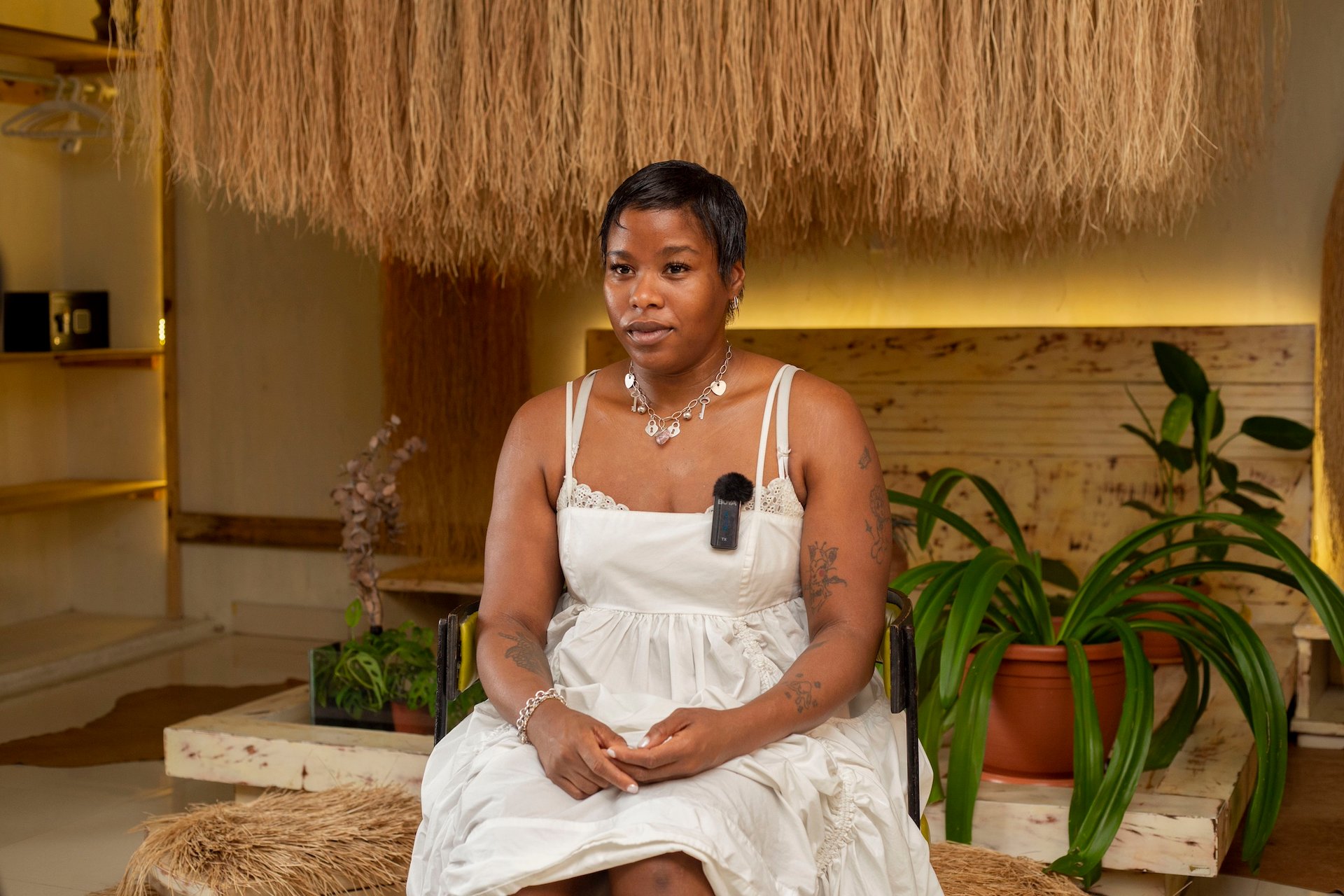
Precious Okoyomon Courtesy of the Museum of West African Art
Okoyomon, who is based in New York and currently co-representing Nigeria at the 2024 Venice Biennale, creates sculptural topographies from natural materials and explores the entangled history of natural species with colonisation and enslavement.
For each of these artists, this will be their first permanent public art installation. “Another goal we have is that by commissioning an artwork like this, we can make an important impact in that artist’s career,” Taylor says, “and take their work to the next level.”


